
The Merry Wives of Windsor or Sir John Falstaff and the Merry Wives of Windsor is a comedy by William Shakespeare first published in 1602, though believed to have been written in or before 1597. The Windsor of the play's title is a reference to the town of Windsor, also the location of Windsor Castle in Berkshire, England. Though nominally set in the reign of Henry IV or early in the reign of Henry V, the play makes no pretence to exist outside contemporary Elizabethan-era English middle-class life. It features the character Sir John Falstaff, the fat knight who had previously been featured in Henry IV, Part 1 and Part 2. It has been adapted for the opera at least ten times. The play is one of Shakespeare's lesser-regarded works among literary critics. Tradition has it that The Merry Wives of Windsor was written at the request of Queen Elizabeth I. After watching Henry IV Part I, she asked Shakespeare to write a play depicting Falstaff in love.

William Livingston was an American politician and lawyer who served as the first governor of New Jersey (1776–1790) during the American Revolutionary War. As a New Jersey representative in the Continental Congress, he signed the Continental Association and the United States Constitution. He is considered one of the Founding Fathers of the United States and a Founding Father of New Jersey.
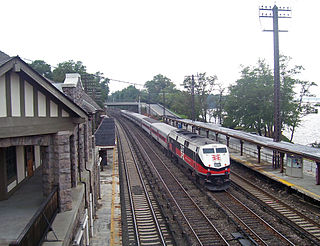
Philipse Manor station is a commuter rail stop on the Metro-North Railroad's Hudson Line, located in the Philipse Manor area of Sleepy Hollow, New York, United States.

William Eustis was an early American physician, politician, and statesman from Massachusetts. Trained in medicine, he served as a military surgeon during the American Revolutionary War, notably at the Battle of Bunker Hill. He resumed medical practice after the war, but soon entered politics.
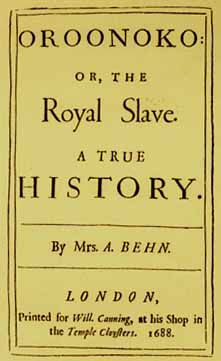
Oroonoko: or, the Royal Slave is a work of prose fiction by Aphra Behn (1640–1689), published in 1688 by William Canning and reissued with two other fictions later that year. It was also adapted into a play. The eponymous hero is an African prince from Coramantien who is tricked into slavery and sold to European colonists in Surinam where he meets the narrator. Behn's text is a first-person account of Oroonoko's life, love, rebellion, and execution.

Leisler's Rebellion was an uprising in late-17th century colonial New York in which German American merchant and militia captain Jacob Leisler seized control of the southern portion of the colony and ruled it from 1689 to 1691. The uprising took place in the aftermath of England's Glorious Revolution and the 1689 Boston revolt in the Dominion of New England, which had included New York. The rebellion reflected colonial resentment against the policies of deposed King James II.
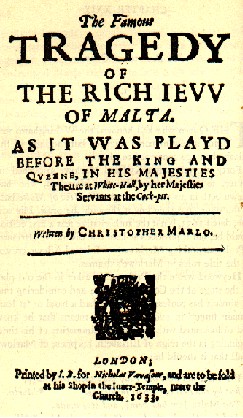
The Jew of Malta is a play by Christopher Marlowe, written in 1589 or 1590. The plot primarily revolves around a Maltese Jewish merchant named Barabas. The original story combines religious conflict, intrigue, and revenge, set against a backdrop of the struggle for supremacy between Spain and the Ottoman Empire in the Mediterranean that takes place on the island of Malta. There has been extensive debate about the play's portrayal of Jews and how Elizabethan audiences would have viewed it.

Robert Hunter FRS was a Scottish military officer, playwright and colonial administrator who successively served as the governors of New York, New Jersey and Jamaica.

Brigadier-General William Cosby (1690–1736) was an Anglo-Irish soldier who served as the British colonial governor of New York from 1732 to 1736. During his short term, Cosby was portrayed as one of the most oppressive governors in the Thirteen Colonies. In 1735, Cosby accused publisher John Peter Zenger of sedition and libel for publishing unflattering reports about Cosby. In spite of Cosby's efforts, Zenger was acquitted of all charges and the case helped to establish the concept of freedom of the press.
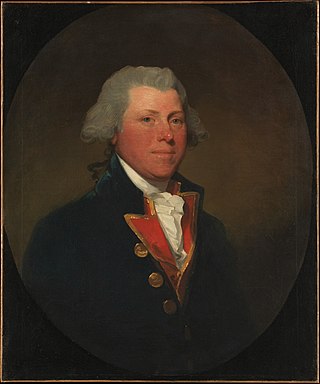
James De Lancey served as chief justice, lieutenant governor, and acting colonial governor of the Province of New York.

William Burnet was a British civil servant and colonial administrator who served as governor of New York and New Jersey (1720–1728) and Massachusetts and New Hampshire (1728–1729). Born into a position of privilege, Burnet was well-educated, tutored among others by Isaac Newton.
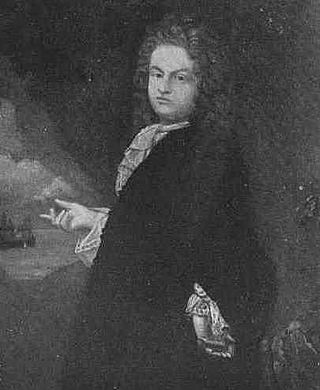
Frederick Philipse, first Lord of the Manor of Philipseborough (Philipsburg) and patriarch of the Philipse family, was a Dutch immigrant to North America of Bohemian heritage. A merchant, he arrived in America as early as 1653. In 1662, he married Margaret Hardenbrook de Vries, a wealthy and driven widow. Together, and variously in league with slavers, pirates, and other undesirables alongside the prominent and respectable, the couple amassed a fortune.

The architectural form of theatre in Rome has been linked to later, more well-known examples from the 1st century BC to the 3rd Century AD. The theatre of ancient Rome referred to a period of time in which theatrical practice and performance took place in Rome. The tradition has been linked back even further to the 4th century BC, following the state’s transition from monarchy to republic. Theatre during this era is generally separated into genres of tragedy and comedy, which are represented by a particular style of architecture and stage play, and conveyed to an audience purely as a form of entertainment and control. When it came to the audience, Romans favored entertainment and performance over tragedy and drama, displaying a more modern form of theatre that is still used in contemporary times.
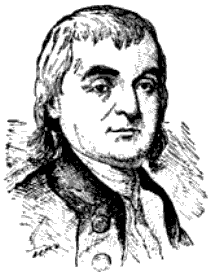
Beverley Robinson, was a Virginia-born soldier who became a wealthy colonist of the Province of New York and is best known as a Loyalist during the American Revolutionary War. Robinson married Susanna Philipse, heiress to a significant share of the roughly 250 square miles (650 km2) Highland Patent on the lower Hudson River in the Province of New York.

Philipsburg Manor was a manor located north of New York City in Westchester County in the Province of New York. Netherlands-born Frederick Philipse I and two partners made the initial purchase of land that had been part of a Dutch patroonship owned by Adriaen van der Donck. Philipse subsequently bought his partners out and added more land before being granted a royal charter in 1693 for the 52,000 acres (21,000 ha) estate, becoming its first lord.

Adolphus Philipse (1665–1750) was a wealthy landowner of Dutch descent in the Province of New York. In 1697 he purchased a large tract of land along the east bank of the Hudson River stretching all the way to the east to the Connecticut border. Then known as the "Highland Patent" it became in time referred to as the Philipse Patent. After his death the Patent was inherited by his nephew, Frederick Philipse II, his only heir-at-law, who became the second Lord of the Manor of Philipsborough in Westchester County.

The Philipse Patent was a British royal patent for a large tract of land on the east bank of the Hudson River about 50 miles north of New York City. It was purchased in 1697 by Adolphus Philipse, a wealthy landowner of Dutch descent in the Province of New York, and in time became today's Putnam County.

Frederick Philipse II, was a colonial American merchant, landowner, and politician. Philipse was the only son of Maria Sparkes, daughter of the Governor of Barbados, and Philip Philipse, eldest son of Frederick Philipse I, 1st Lord of the Philipsburg Manor. Philip predeceased his father, and family lands passed on to younger son Adolphus Philipse. Upon his uncle's death Frederick II inherited his share of Philipse lands and commercial interests, thereafter becoming the elder Philipse male and 2nd Lord of Philipsburg Manor.

Frederick Philipse III was the third and last Lord of Philipsburg Manor, a 52,000 acres (21,000 ha) hereditary estate in lower Westchester County, New York, and a Loyalist during the Revolutionary War.
Interlopers are individuals or businesses who breach the monopoly of established guild, livery company or other body granted monopoly trading rights.

















